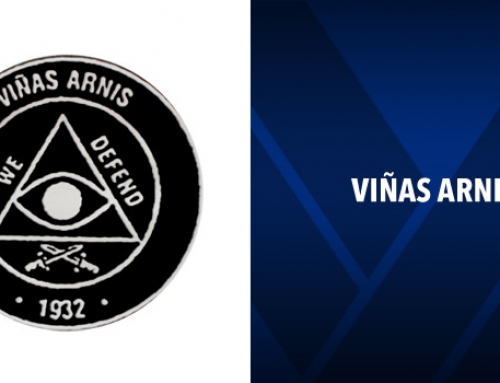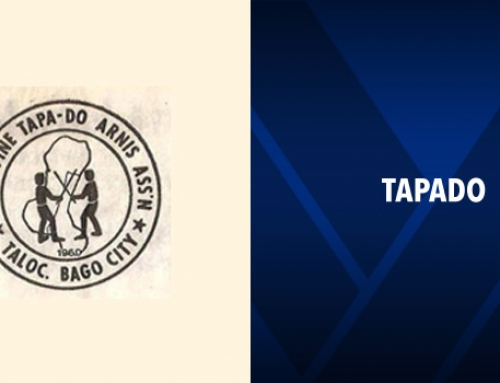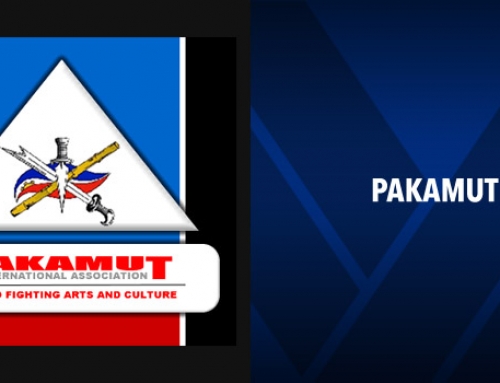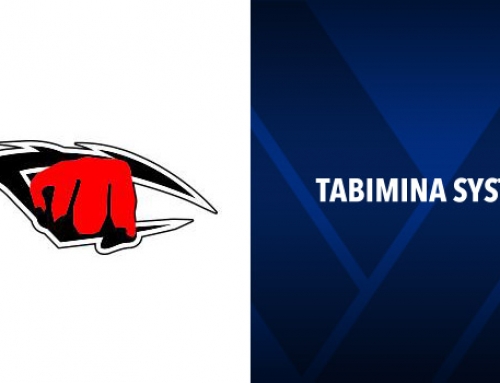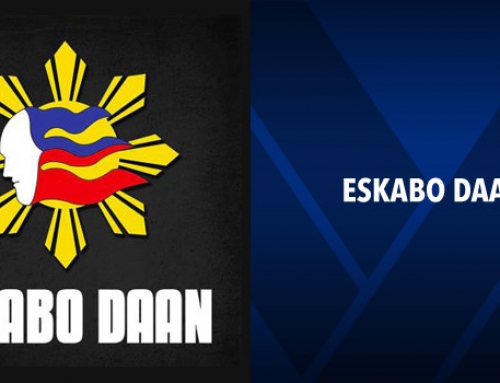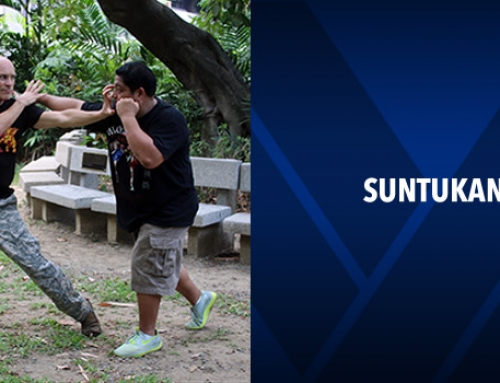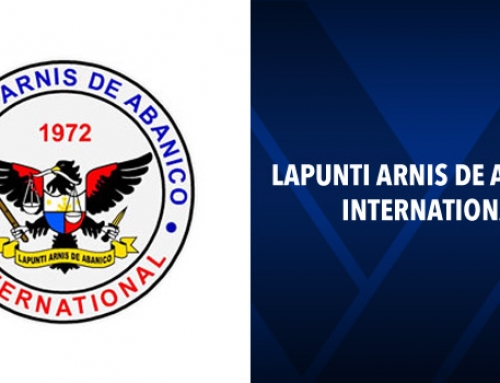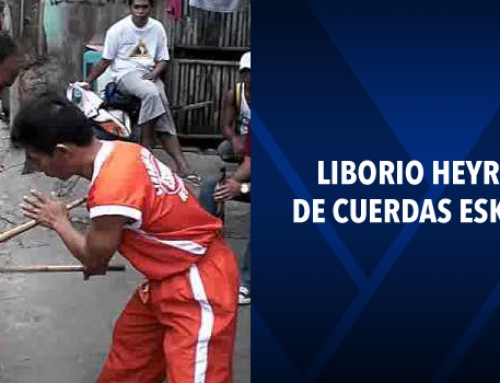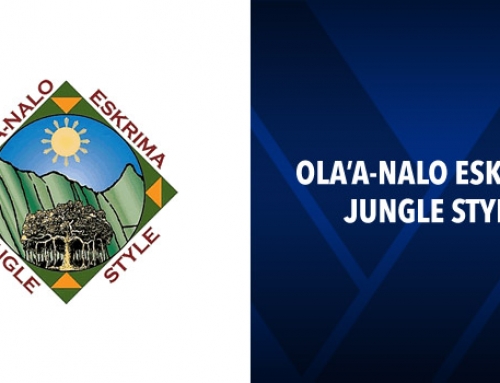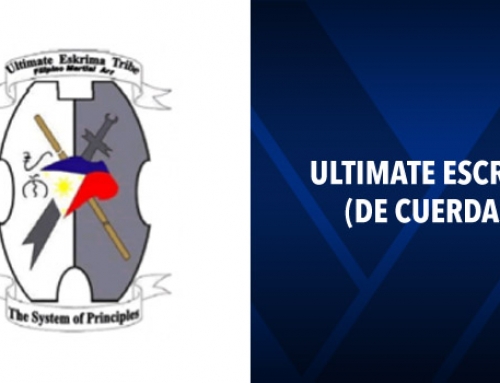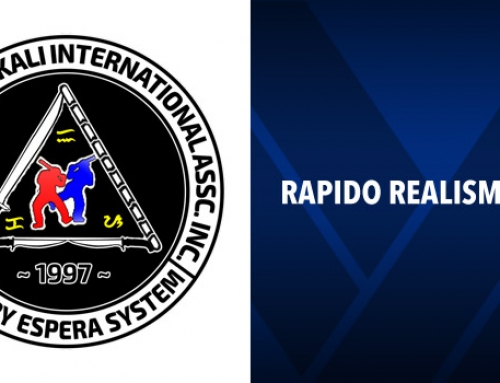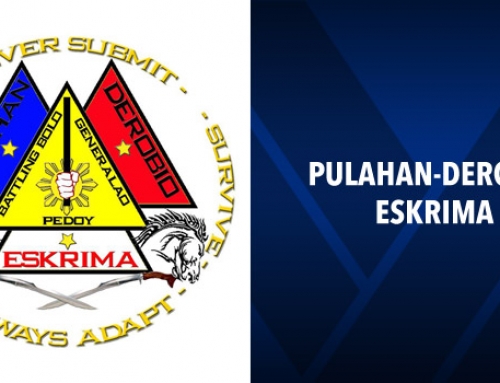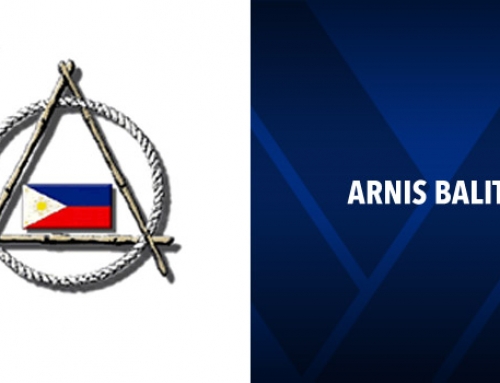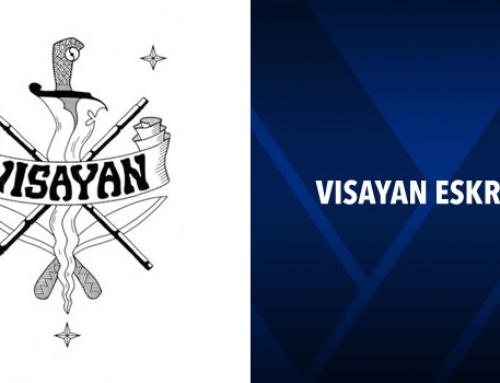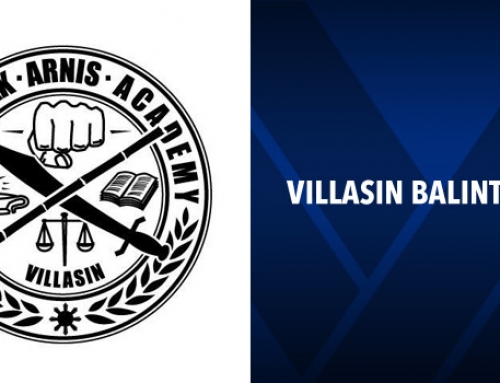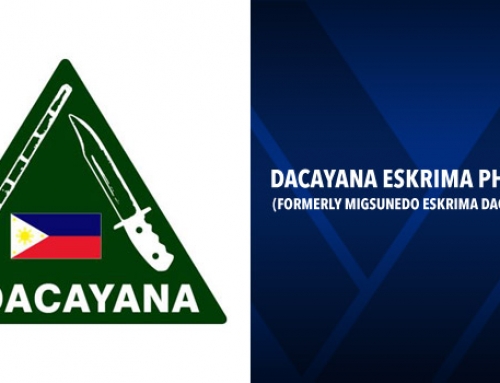The Inayan System of Eskrima is a complete martial combat system, founded by Mike Inay on the basis of a traditional martial art in the Philippines.
Eskrima is a martial art and the national sport of the Philippines, with a very long history of combat use. One difference from many martial arts is that the student is taught to train with weapons from the very start, rather than beginning with empty-hands training.
The Filipino martial arts ingrain an interrelationship between empty-hand skills and weapons, and because of this philosophy, Eskrima is widely recognized in the martial arts community for its effective weapons techniques.
Inay studied privately under the tutelage of two great Eskrima masters, Max Sarmiento and Angel Cabales. It was Inay who proposed, to Angel Cabales, the formation of an organization to preserve and promote the Cabales Serrada Style of Eskrima.
With Inay’s help, Cabales formed the first Cabales Serrada association. Inay also developed a ranking structure for Cabales. Max Sarmiento is credited with convincing Cabales to open the first public Eskrima school in the United States.
Mike Inay studied under both these men for over 11 years and was instrumental in bringing both of their arts out to the greater public. Since the death of Sarmiento and later Cabales, Inay had continued to expand and propagate the styles of Eskrima he learned from them.
Since his death in 2000, his teachings continue through his most senior students. His son, Jason Inay, is the current grandmaster of the system. Mike Inay’s senior instructors, Emanuel Hart, Steven Klement, Cory Hanosh, and Jon Ward, also continue to teach the system, as do other organizations that branched off after his passing.
Styles
Inayan Eskrima is composed of seven styles:
- Kadena de Mano
- Serrada Eskrima
- Largo Mano
- Dequerdas
- Sinawali
- Espada y Daga
- Sibat/Bankow
The first three are the best known.
Kadena De Mano translates as “chain of hand” and is a combination of empty-hand and knife/dagger techniques. It covers basic and advanced blocks (or counters), basic and advanced hand and knife drills as well as permuted locks from the basic/advanced drills. Lock/flow/trap practice drills are stressed as well as subject control through the use of “vital points” (pressure sensitive nerves).
Serrada Eskrima translates as “close quarters”. The style is noted for using a shorter stick, male triangle footwork, and quick, linear, in-close fighting. This blade and stick system translates well into empty-hand applications.
Largo Mano translates as “long hand” and is a long-range system of Eskrima. Evolved to use a longer/heavier cane (about 40 inches) and to use the cane as if it were a kampilan, the longest sword found in the Philippines. This style is credited as being the first complete formal style to teach the use of the kampilan.


